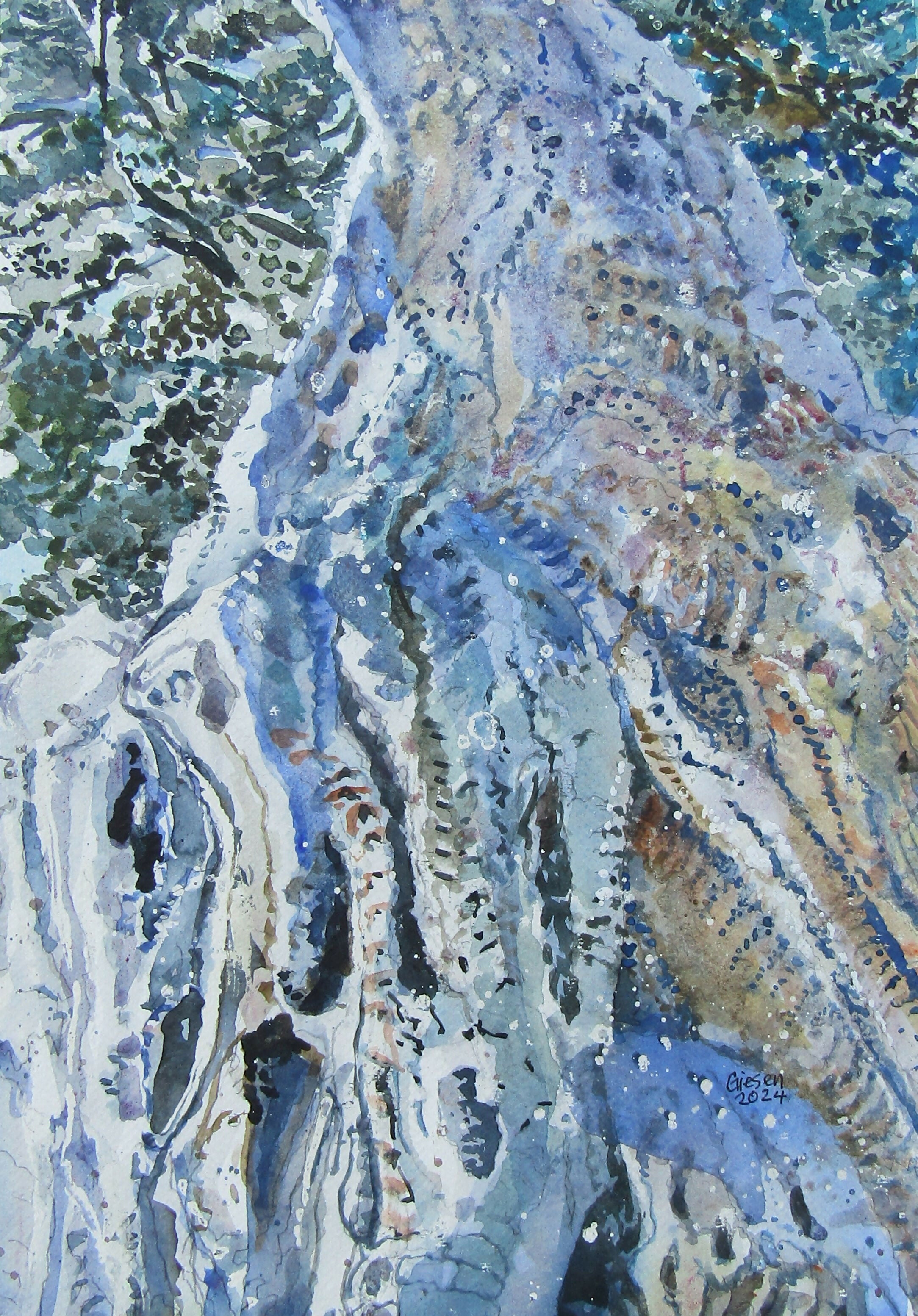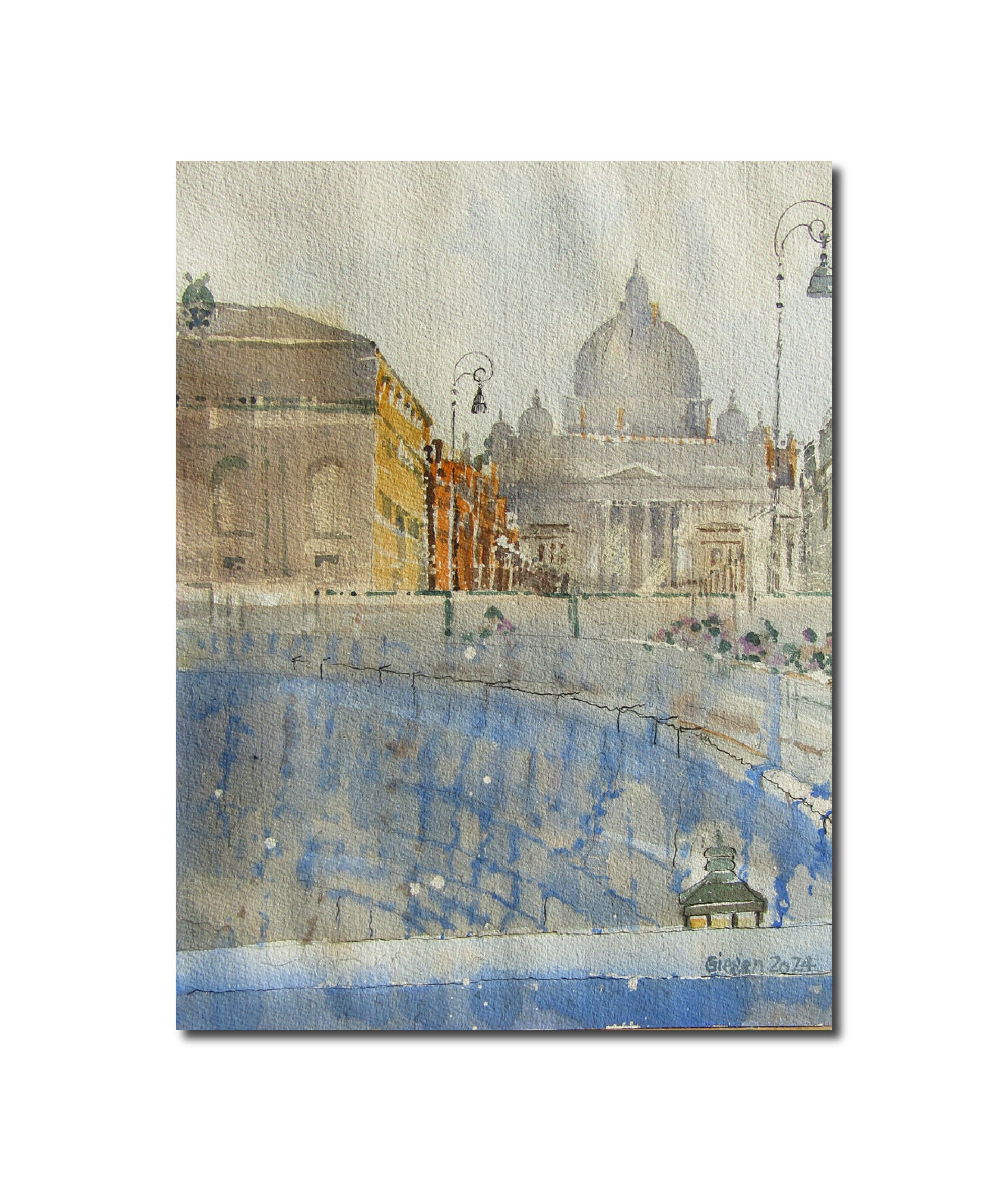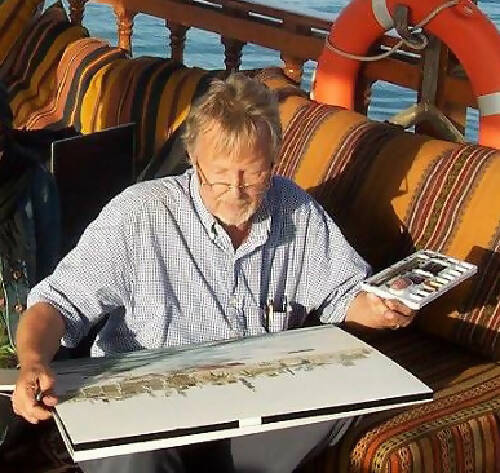


St. Peter's Rome, 50 x 36 cm
Artist: Martin Giesen
Certification of Authenticity: Apricus Art Collection
Signature: Signed by Artist
In Rome one can view the basilica of St. Peter's from the Ponte St. Angelo. This bridge crosses the river Tiber and has served pilgrims and tourists alike for centuries.
Choose options



St. Peter's Rome, 50 x 36 cm
Sale price$1,400.00 USD
Regular price

Artist Biography
Artist Statement

